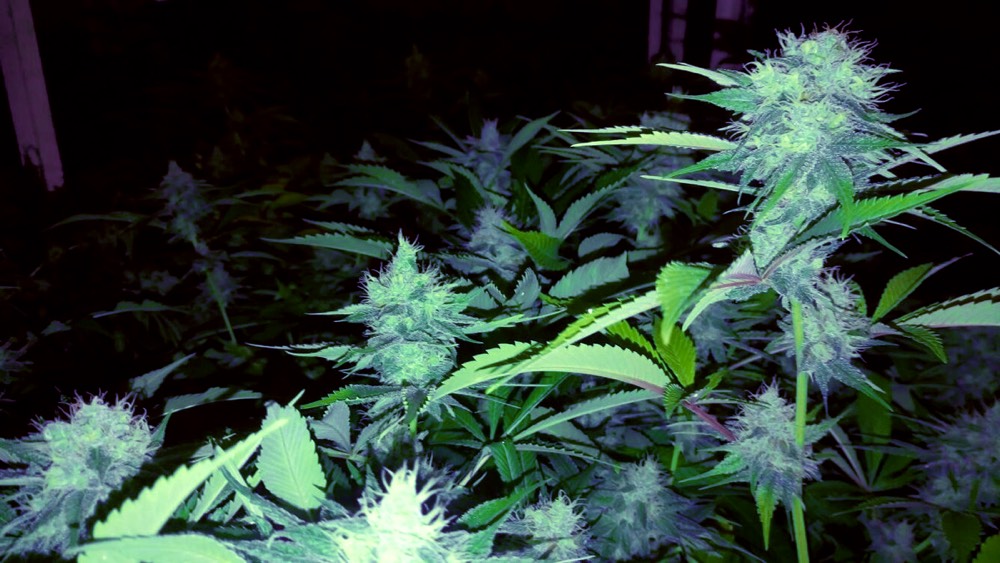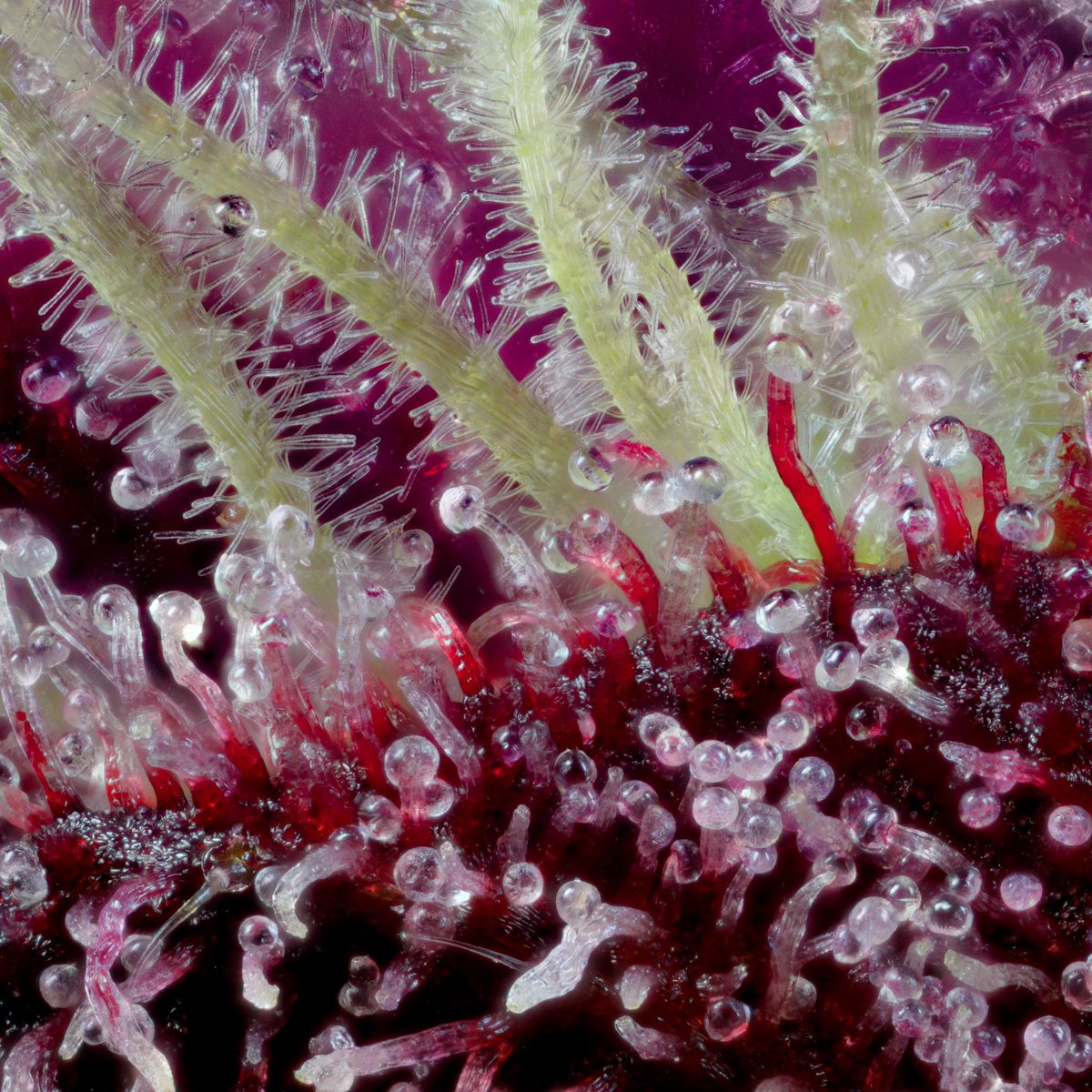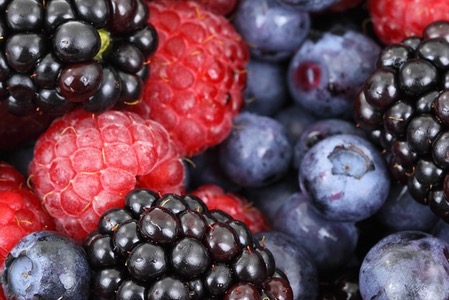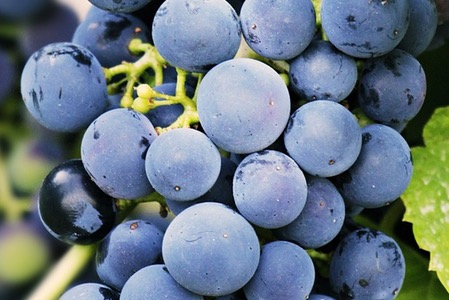Anthocyanin in the buds, or Why Weed is Purple
When weed is purple color it means the anthocyanin pigment is present in the plant in significant amounts. Anthocyanin is a universal plant colorant responsible for red, purple, and blue colors, and evident in many fruits, vegetable, grains, flowers, and berries, like blueberries and raspberries.
Anthocyanin suggests the vast list of health benefits, and medical theories, including traditional ones around the world, use anthocyanin to treat conditions such as liver disorders, diarrhea, kidney problems, infections, it provides the reduction of blood pressure, it improves the eyesight. More important, anthocyanin even cures the common cold. It’s easy to imagine, raspberry (rich with anthocyanin) as a medicine in a form of a grandma’s anti-cold raspberry jam and hot tea. Besides its healing application anthocyanin is used as a natural color in food, health, cosmetic industries.
! This website does not provide advice, but it is a compilation of material, personal experience, and opinion. My grandma cured me with forest berries in the North, I felt better, they were yummy and with grandma’s cooking witchcraft. All we say herein is not a call to action, nor a promotion of weed, we make websites, we are not growing cure, and no grass.

Weed on the top picture is a little bit blue in color, considering it is dark on the photo. It starts making itself rich with anthocyanin, the result shall be what we call purple weed. And, a very nice close-up on the image below we have borrowed from @chewberto420, you can see the purple and a little bit red colors of anthocyanin in cannabis trichomes:

Being a phenolic compound, Anthocyanin may also behave as the pro-oxidant, means numerous medical effects, and used traditionally to prevent blood issues or flew and other sicknesses — people take fruits and especially berries rich with anthocyanin as source of vitamins, and against common cold. Grandmas use it on children all the time in a form of raspberry and blueberry jams, whether science or grandma’s witchcraft, I don’t know.
It is not well known by now about how anthocyanin exactly works, either by itself alone or serving a component of a more complicated sequence, but it works. Anthocyanin makes the body stronger. Eat berries. Find marijuana edible recipes of berry deserts and weed cheesecakes by this link: The Cookbook App by Chef420
How To Make The Weed Purple
Exposure to cold
Exactly the thing happening when summer turns into fall when all plants change leaves to yellow and red: all plants produce Anthocyanin when the temperatures drop.
Beware, too much cold may affect the quantity of buds. We’d recommend doing it in the last couple of weeks of flowering. To make it cold low down the night temperature to 60 degrees.
Basically any stress provoke anthocyanin increase in plants, the cold is one of such. The science does not know for sure, by far, but this may serve as some sort of explanation why it helps against health issues, right because plant just do the same when synthesize the anthocyanin in itself, and it works to suppress a stress, illness or cold or a wrong nutrition. Exposure of the cannabis plant to colder temperatures shall make buds more purple, the “how long” and “how cold” can be a more tricky technology, but the basic idea is to expose the plant to the cold.
Anthocyanin as a genetics property
Genetic food engineering uses anthocyanin as a visual marker, as soon as this is a quite forgiving genetic material easy to deal with (sources say so, I don’t know))). And then it may be yet another reason for purple buds – the genetically determined amount of anthocyanin in a certain strain.
Anthocyanin color from PH
Anthocyanin is very sensible to the PH level (and this is another stress for the plant too), and the colourful compound is degraded to none in an environment with a higher PH. It changes it colour as soon as PH level changes, it can be red in acidic (pH < 7), purple in neutral (pH = 7), yellow with greenish in alkaline (pH > 7). Can serve as the natural PH indicator either.
This is how you get the amount of Purple into the trichomes of your weed. And here the following is about what else to do with it:
Where Else?
Except in marijuana flowers, and especially those showing a lot of purple color, high amounts of anthocyanin are found. Alternatively, anthocyanin is present berries and fruits showing magenta, red and blue colors.



Anthocyanin carriers can be also red cabbage, cauliflower, raspberries, blueberries, grapes, red oranges aka blood oranges, cherry, eggplant, black peas, blackcurrant, etc. Everything demonstrating an obvious cyan and/or purple tones in color. You may notice, a lot of cyan component in overall color of what is on the pictures is visually dominating.
More of scientific stuff about anthocyanin can be found on the NIH, the US national institute of health, you maybe enjoy this one Anthocyanin and human health, an in vitro investigative approach or this one Anthocyanin the comprehensive review of chemichal properties. And a very special one is for to start your dig up on anthocyanin in fruits and plants: Anthocyanins, more than nature’s colors
Cooking weed and berries together
You should try, a little headache with cannabutter if you are a first timer, then ll go smooth. Imagine a cheesecake or a cookie which contain both blueberry weed and blueberries, or, say, raspberries — oh! ho! ho!
Download the Cookbook app Edible Recipes by Chef420
Fri, 24/May/19

